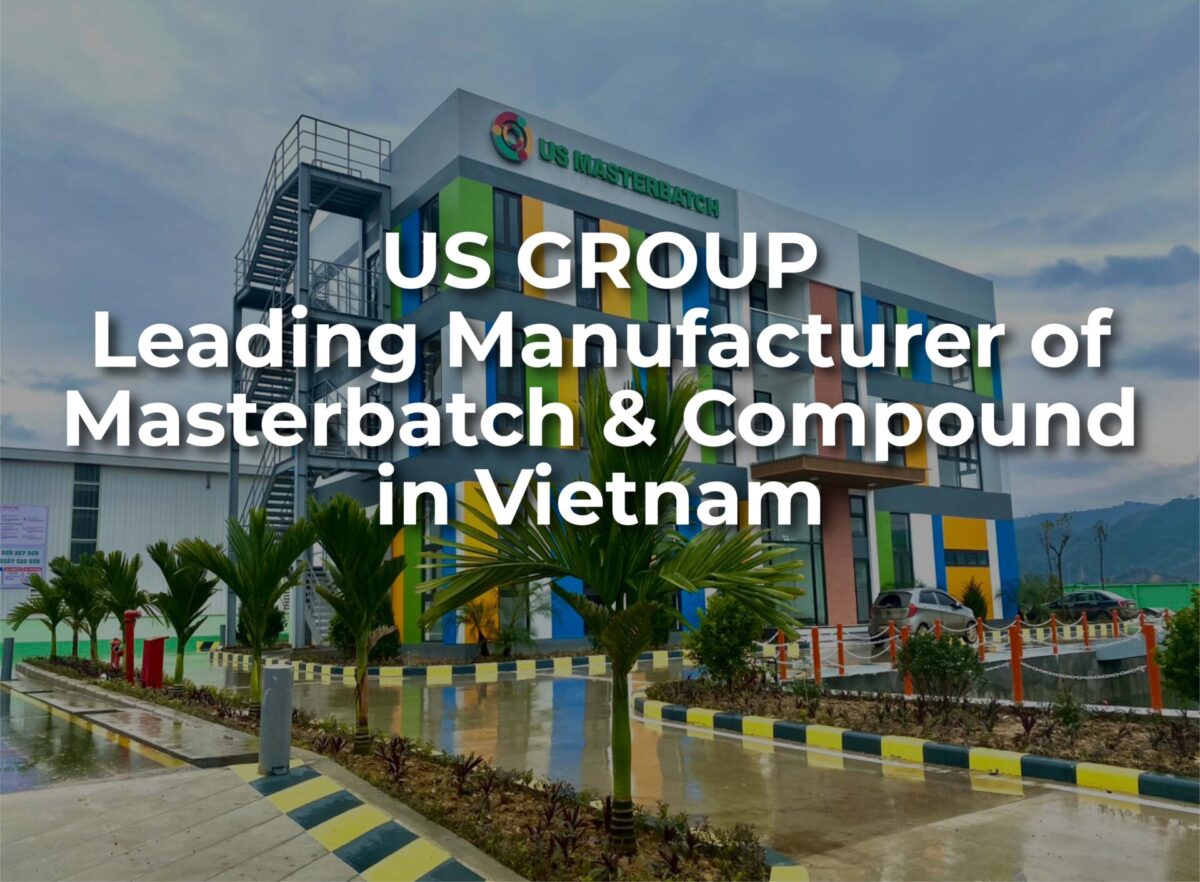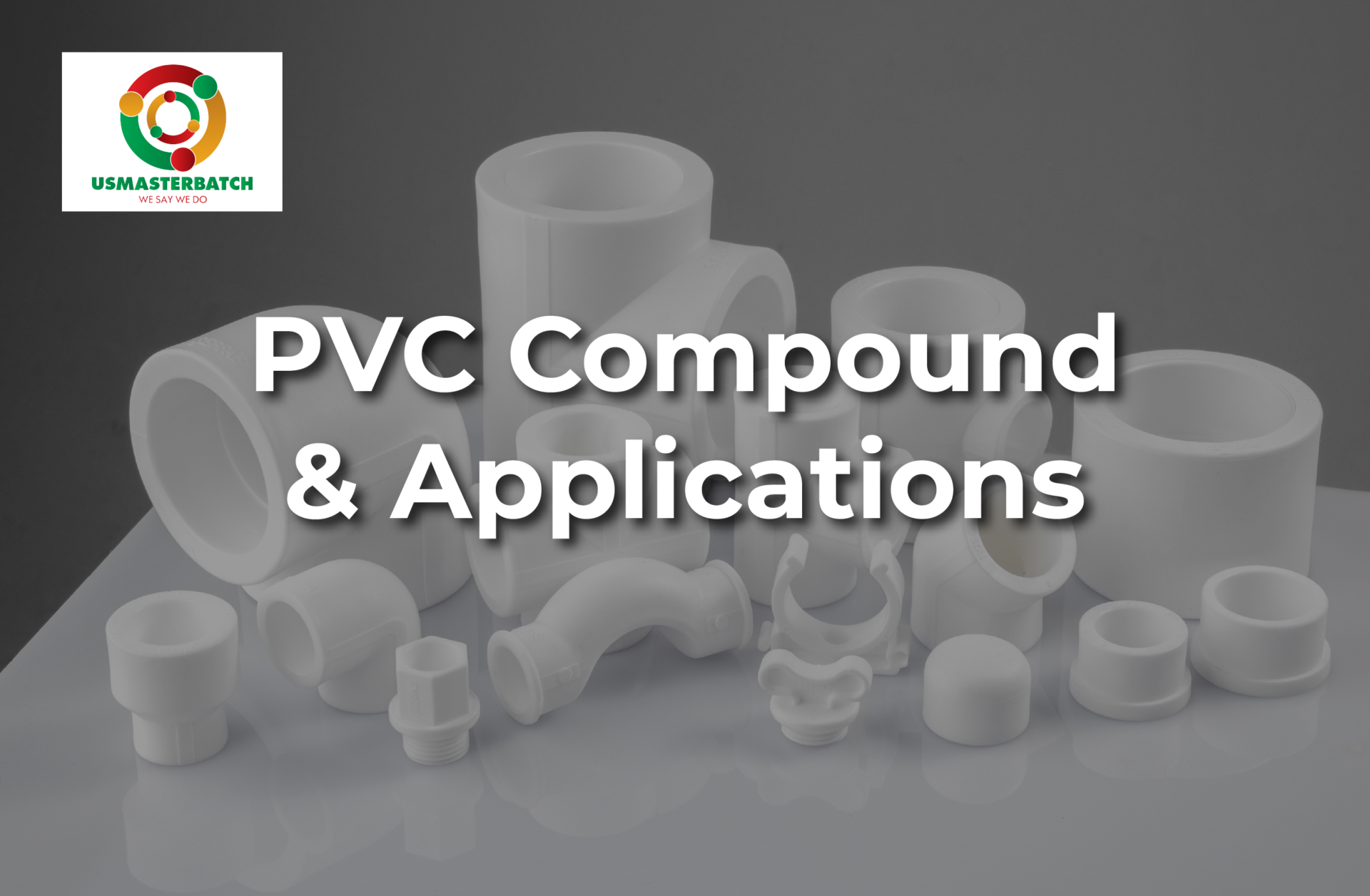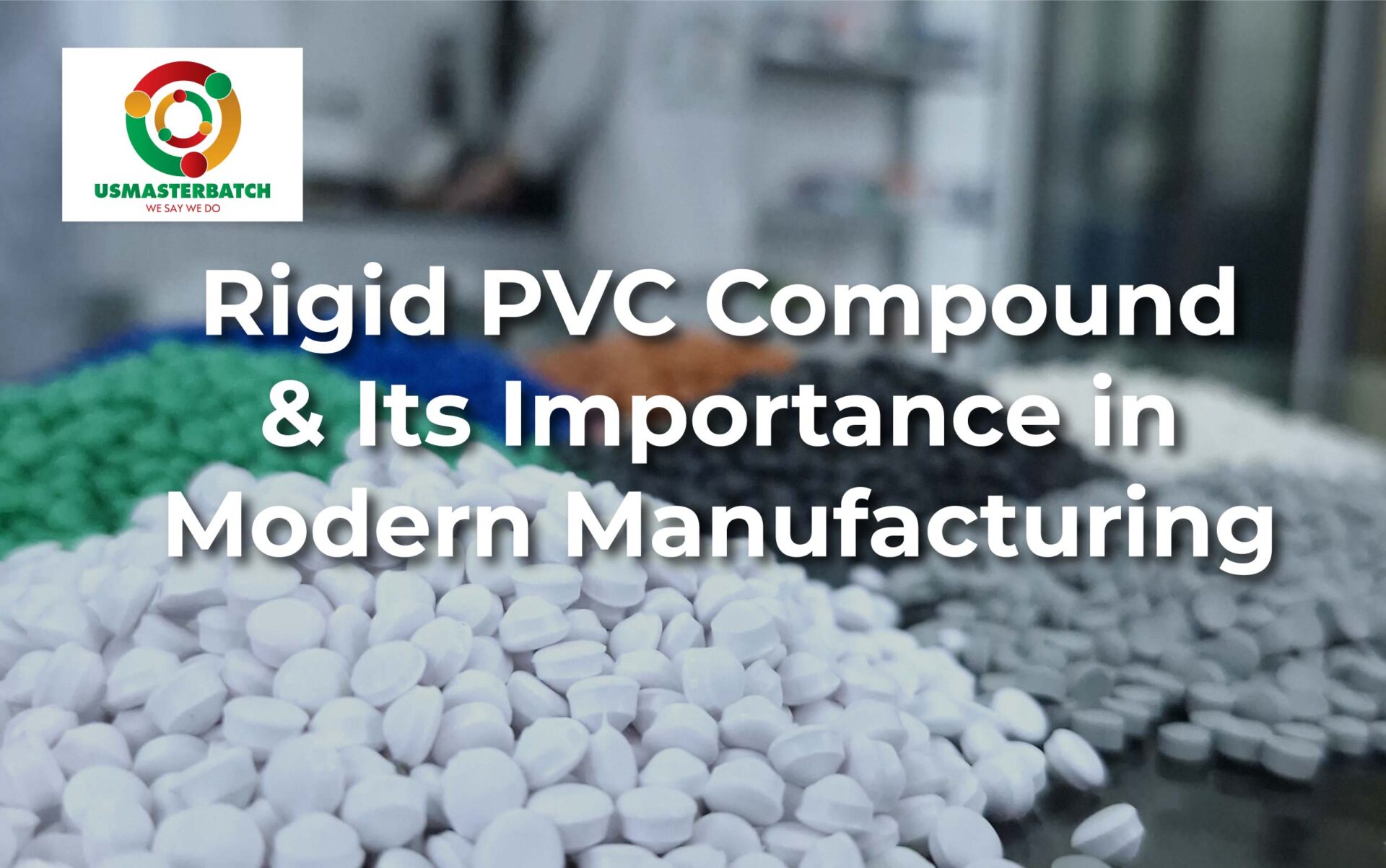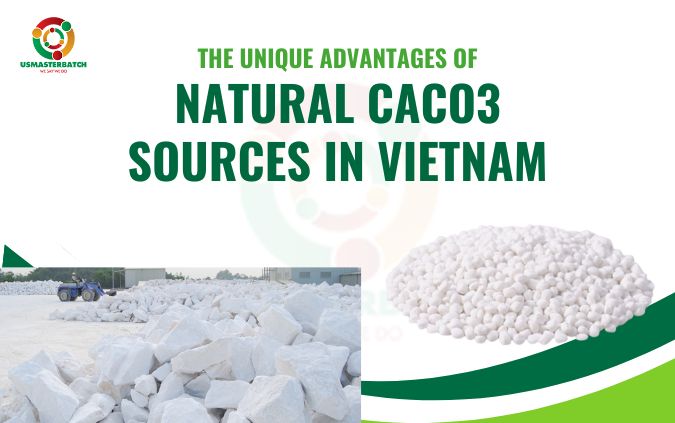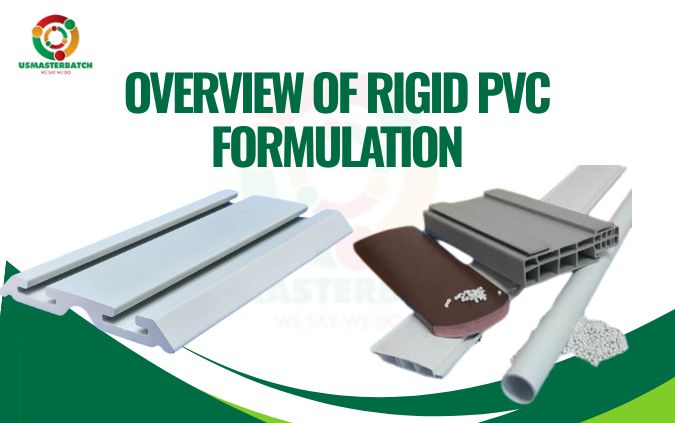What are advantages of using non woven fabric for bags purposes?
1. What is non woven fabric?
Non-woven fabrics contain no interwoven strands but do have an organized internal structure. These fabrics are made by placing fibers together, then using heat, chemicals, or pressure to combine them into a cohesive fabric-like material. As opposed to traditional materials, such as cotton, linen, wool, and silk; non-woven fabrics do not necessitate weaving or knitting. Felt one of the most common examples of non-woven fabric. It’s made by agitating fibers in a solution until they interlock into a dense textile.
There are different non-woven fabric mainly defined by the method that the fibers are bonded together: Mechanical bonding (fiber entanglement), chemical bonding (fibers are chemically bonded together with glue-like compounds), or thermal bonding (where low-melt fibers are used and heat is used to melt the fiber to each other). The resulting fabrics do not have much in common aside from being categorized as nonwoven. Nonwoven components such as; fiber selection, web formation, bonding, and finishing techniques can be altered to manipulate fabric properties or reverse engineer fabrics based on functional requirements.
Polypropylene non woven fabric for bags purposes is most commonly used among other kinds of non woven fabric because of its outstanding advantages. It is made of polypropylene resin, filler and other additives, through a melting materials process then making fibers bond together by methods like spun-bond or melt blow.

2. Advantages of using polypropylene non woven fabric for bags purposes
- Eco-friendly
PP non-woven fabric is ideal substitutes for the plastic materials that are presently being used. They are 100% recyclable and reusable, burn with zero poisonous outflows and are certainly biodegradable. Such properties make it ideal for single-use items and medical ventures where squander age is commonly high.
Polypropylene in itself is a significant solid material. Its utilization to manufacture nonwovens also makes the items profoundly dampness and chemical safe. Thus, from each point, PP nonwoven fabrics show more noteworthy preferences than some other materials of its group. With that setup, the time has come to investigate its significant applications.

- Durable
When contrasted with the conventional shopping bags, the non-woven bags are dependable and can last up to 5 years. Basically, these bags can be utilized and reused a few hundred times and can convey more loads when contrasted with the customary shopping bags. These bags are water-resistant, attractive and recyclable. When contrasted with its friend fabrics, PP nonwoven fabrics have more noteworthy weight-bearing limit per unit of its weight. The tear and rigid qualities are also high because of the utilization of polypropylene. These bags will not break, tear or wear out like paper bags or PET bags. So, non woven bags definitely rank better than the other counterparts.
It tends to be utilized at high temperatures, is climate safe, and does not go through bacterial debasement. Thus, the two its time span of usability and length of utilization is long. The majority of the fabrics are reusable and entirely sturdy.
- Advertising tool
Printing can be done on non woven fabric thanks to its high adherence to colors. Therefore, non woven fabric is an effective method for manufacturers to promote their brand name then attract their customers by printing a logo as well as the brand name of the company. Besides, there are various colors and sizes depending on manufacturers’ requirements are available of a non woven bag.

- Waterproof
Non-woven bags are waterproof bags since polypropylene chips are non-absorbent and have zero water content. Therefore, customers can carry this bag in the rainy days without the worry that their items will be completely wet, while using other kinds of bags may lead to inconvenience for consumers.

- Cost-effective
This is obvious that polypropylene non woven bags are much more cost-effective than other kinds of shopping bags like paper bags. The first and most important difference of all, is that non woven bags are reusable and paper bags are not. Paper bags on the other hand are often more expensive than the non woven bags and can only be used by once. The prices of paper bags and non woven bags vary based on the dimensions of the bags and especially the type of material the bag is made from. In general paper bags tend to be more expensive than non woven bags.
3. The role of masterbatch in non woven fabric manufacturing process
Masterbatch is an important raw material in non woven fabric for bags manufacturing. Manufacturers use CaCO3 filler masterbatch mainly for reduction of material cost, color masterbatch for color making and additives masterbatch for other properties improvement. Masterbatch appears to bring the best solution to manufacturers regarding saving production cost and enhancement products properties as well.
As a leading manufacturer of CaCO3 filler masterbatch, color masterbatch and additives masterbatch in Vietnam with over 13 years of experience, US Masterbatch is proud to supply high-quality masterbatch with competitive rates to numerous manufacturers in 80 countries around the world, in which companies play a big scale in exported quantity.
Masterbatch from US Masterbatch bring outstanding features as below:
- Reduce production costs
- Increase hardness and durability as well as not losing color and transparency of the product.
- Glossy, soft, flexible surface with good water resistance.
- Food contact and children contact recognized by FDA, REACH, ROHS, etc.
- Withstand high temperatures in a short time.
- Raw materials are available from nature, safe, low cost, and easy to use for the production of the plastic industry.



